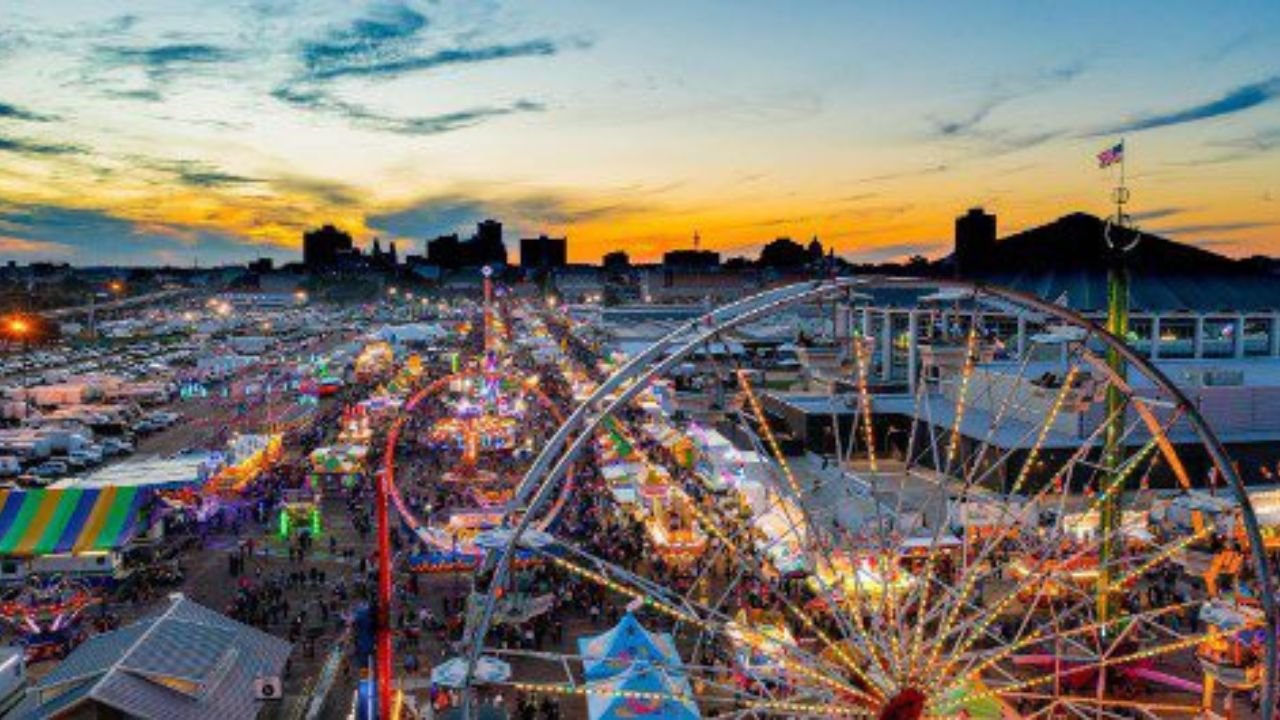Hardly anyone can resist the attractions of the Mississippi State Fair—and that includes the City of Jackson and countless vendors who excitedly hear the “cha-ching” of sales throughout the 12-day event.
Last year, it’s estimated that the fair’s 500,000 attendees generated roughly $33 million in economic activity. With even more visitors forecast this year, fair organizers are gearing up for higher revenue.
The Mississippi Fair Association projects that attendees will spend:
- $1.5 million on transportation
- $1.5 million on lodging
- $5 million on food and drink
- Over $1 million on entertainment and recreational offerings
“When you bring half a million people or more to this area, everybody prospers,” said Hayes Patrick, deputy agriculture commissioner and acting director of the Mississippi fairgrounds. One boost to spending comes from fall break—local schools are off during the fair, encouraging families to attend.
A study by Jackson State University underscored the fair’s importance, identifying it as one of Jackson’s largest and most influential economic events. The report noted that the fair delivers social, historical, recreational, cultural, and economic benefits not only to central Mississippi but statewide, engaging citizens of all ages.
Local Businesses Feel the Surge
At the fair’s opening, Jackson Mayor John Horhn praised the fair’s impact on the city’s finances, noting that visitors dine at restaurants, stay in hotels, and explore local attractions.
Meanwhile, on the midway, vendors energetically promoted their wares:
“Ice cold lemonade. Free refills,”
“Win a stuffed animal if you hit this target”—
these chants echoed among the crowds.
Vendors rely heavily on fair sales for their livelihood.
Crowds flocked to food stands: some sipped $12 lemonade, others consumed $6 roasted corn, or dug into a $15 Italian sausage slathered in mustard. Lines of 10–20 people at popular food stalls were common.
One crowd favorite was the free biscuits served by Kroger and Agriculture and Commerce Commissioner Andy Gipson.
At the J&D Blueberry Farm booth, co-owner Donald van de Werken revealed that the fair accounts for 15 percent of his company’s annual revenue. Based in Poplarville, the farm specializes in blueberry products—from teas to dog treats.
“This event is very important to our business,” he shared. “It not only counts toward our yearly sales but introduces us to new customers.”
He added that face-to-face interaction with buyers at the fair often yields product ideas and feedback that drive innovation and growth.
At the Mississippi Cattleman’s Association booth, steaks sizzled on grills while lines of military and law enforcement personnel formed at lunchtime. The Association, representing 16,000 Mississippi beef producers, treats the fair not primarily as commerce, but as a fundraiser supporting youth programs, scholarships, and initiatives designed to attract the next generation of farmers.
“We are supporting the members of the next generation,” said Executive Vice President Andy Berry, noting that the State Fair is one of the Association’s key fundraising platforms.
Conclusion
The Mississippi State Fair is much more than a festive gathering—it’s a powerful engine for economic growth, community engagement, and entrepreneurial opportunity. With hundreds of thousands of attendees spending millions on transport, lodging, food, and entertainment, the ripple effects are felt across Jackson and throughout Mississippi. Vendors benefit directly through sales and exposure, while organizations such as the Cattlemen’s Association leverage the event to support future farming leaders. In short, the fair’s impact extends far beyond its 12 days—it strengthens businesses, lifts local economies, and connects producers with communities in meaningful ways.
FAQs
What is the estimated economic impact of the Mississippi State Fair?
The fair’s 500,000 attendees are estimated to have generated around $33 million in economic activity last year.
Which sectors benefit most from fairgoer spending?
Attendees’ spending is projected to distribute across transportation, lodging, food & drink, and recreational activities, with millions allocated to each category.
How do vendors and associations use the fair beyond just selling products?
Vendors use the fair for exposure, customer feedback, and revenue growth, while associations like the Mississippi Cattlemen’s Association channel proceeds into scholarships, youth programs, and initiatives aimed at inspiring future farmers.
